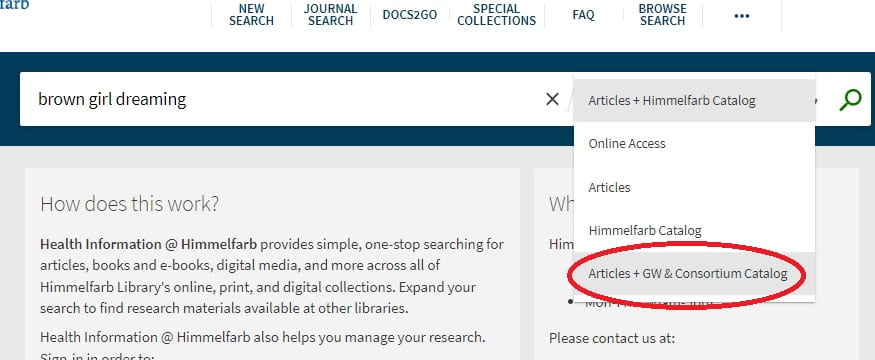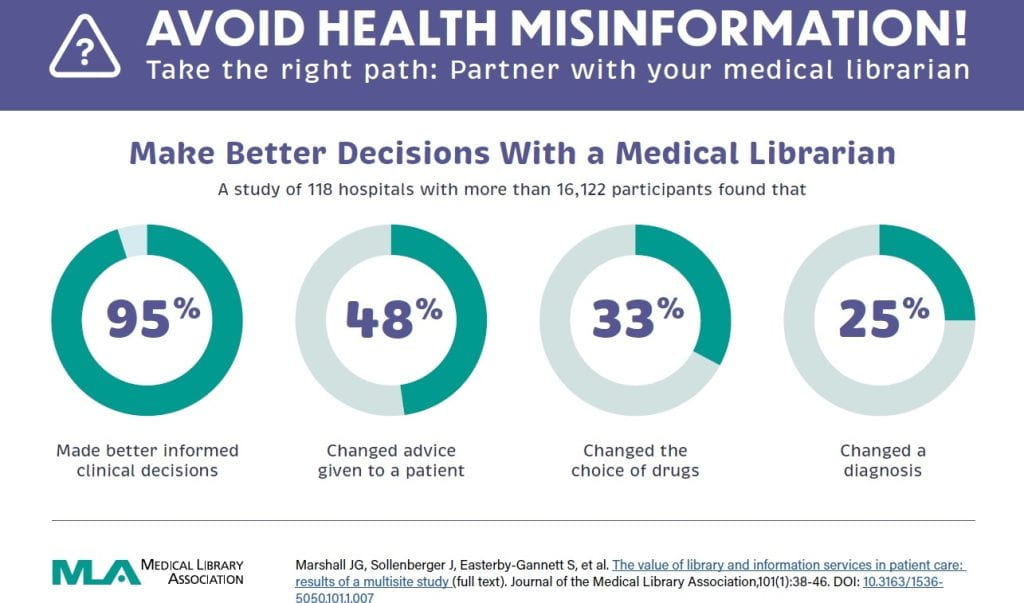Using 3D printed models is becoming increasingly common for both surgical procedures planning and surgical training. Three dimensional models can help surgeons develop surgical plans by providing better visualization and understanding of the anatomical structures than CT or other imaging alone. In training, 3D printed surgical simulators can have advantages over other methods, such as cadavers, animal models, or virtual reality training.

To create a 3D model for surgical planning, imaging studies are converted to a file type that can be rendered as a 3D object. The file is edited to exclude unwanted structures and printed. A recent meta-analysis (Yammine, 2022) of 13 randomized controlled trials found that operative duration, intraoperative blood loss and fluoroscopy use were improved for those that used 3D models for surgical planning of fracture management and the rates of excellent/good overall results and anatomic fracture reduction were significantly higher.
A randomized controlled trial published in BMC Musculoskeletal Disorders (Zhang, 2022) compared the outcomes of clavicular fracture repair by experienced and inexperienced surgeons using 3D printing or just CT scans. The authors were particularly interested in how the findings could be applied in low and middle income country settings where surgeons may have limited skills and experience. 3D printing has become more accessible due to lower costs of printers and media. In this study, the average cost of the clavicle model was just $.84. The research team considered operation time, blood loss, length of incision, and intraoperative fluoroscopy use to measure success. Findings showed little difference in the performance of experienced surgeons, but inexperienced surgeons performed better with 3D models with reduced incision length and intraoperative exposure.
“Since 3D printing models could provide a visual, comprehensive vision of fracture, the position of plate implantation, screw direction, and screw length can be determined in the simulation operation before operation…3D printing could supplement routine CT scans, allowing surgeons to understand patients' fractures more intuitively and achieve better surgical results.”
(Zhang, 2022)
Though availability and cost of 3D printing technologies and the software that enables it are improving they can still present a barrier. Issues with the quality of the 3D objects produced can occur due to image resolution. Waiting for the 3D model to be rendered and printed can also cause delays in a procedure. A meta-analysis (Wang, 2021) that assessed 3D printing applications in open reduction and internal fixation of pelvic fractures found a delay of between 3 to 7 hours to print the object. The computer-aided design phase also required significant time and involvement from the surgeons.
Application of 3D printing in surgical instructional settings offers advantages over other models as they can be customized to simulate the exact procedure or anatomy required, and they provide the haptic experience so far lacking in VR simulation. VR simulation does include the challenge of learning how to use the equipment and navigate the interface. The University of Michigan has produced high fidelity 3D printed simulators for surgical instruction of airway reconstruction, cleft palates, cleft lips, ear reconstruction and facial flaps. Tissue components can have varying ranges of stiffness by combining types of silicones and additives.
These training applications could be a solution should there be another round of restrictions on nonessential surgery procedures such as were seen during the COVID-19 pandemic in 2020. At that time, the number of cases available for the education of surgery residents decreased dramatically. High fidelity 3D simulation could help.
“With high fidelity surgical simulators that can be rapidly 3D printed and a virtual curriculum, these residents could learn valuable surgical skills in remote settings.”
(Michaels, 2021)
For an overview of 3D printing in surgery, see:
Meyer-Szary J, Luis MS, Mikulski S, Patel A, Schulz F, Tretiakow D, Fercho J, Jaguszewska K, Frankiewicz M, Pawłowska E, Targoński R, Szarpak Ł, Dądela K, Sabiniewicz R, Kwiatkowska J. The Role of 3D Printing in Planning Complex Medical Procedures and Training of Medical Professionals—Cross-Sectional Multispecialty Review. International Journal of Environmental Research and Public Health. 2022; 19(6):3331. https://doi.org/10.3390/ijerph19063331
Tsoulfas G, Bangeas PI, Suri JS. 3D Printing : Application in Medical Surgery. (Tsoulfas G, Bangeas PI, Suri JS, eds.). Elsevier; 2020.
References
Yammine K, Karbala J, Maalouf A, Daher J, Assi C. Clinical outcomes of the use of 3D printing models in fracture management: a meta-analysis of randomized studies. Eur J Trauma Emerg Surg. 2022 Oct;48(5):3479-3491. doi: 10.1007/s00068-021-01758-1. Epub 2021 Aug 12. PMID: 34383092.
Zhang M, Guo J, Li H, Ye J, Chen J, Liu J, Xiao M. Comparing the effectiveness of 3D printing technology in the treatment of clavicular fracture between surgeons with different experiences. BMC Musculoskelet Disord. 2022 Nov 22;23(1):1003. doi: 10.1186/s12891-022-05972-9. PMID: 36419043; PMCID: PMC9682691.
Wang J, Wang X, Wang B, Xie L, Zheng W, Chen H, Cai L. Comparison of the feasibility of 3D printing technology in the treatment of pelvic fractures: a systematic review and meta-analysis of randomized controlled trials and prospective comparative studies. Eur J Trauma Emerg Surg. 2021 Dec;47(6):1699-1712. doi: 10.1007/s00068-020-01532-9. Epub 2020 Nov 1. PMID: 33130976.
Michaels, R., Witsberger, C. A., Powell, A. R., Koka, K., Cohen, K., Nourmohammadi, Z. (2021). 3D printing in surgical simulation: emphasized importance in the COVID-19 pandemic era. Journal of 3D printing in medicine, 2021;5(1): 5-9. doi:10.2217/3dp-2021-0009













